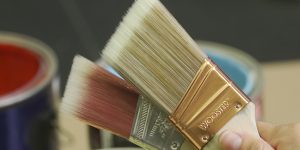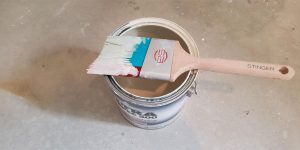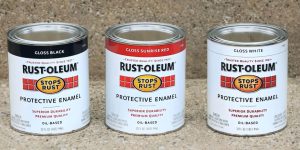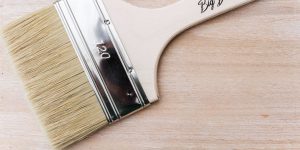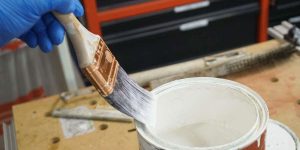How many coats of primer are on the new drywall? This question highlights the importance of using primer correctly in drywall projects. In drywall installations, the undercoat is important for a successful paint job. It acts as a preparatory layer, ensuring better paint adhesion and creating a smooth surface for the final coat. Therefore, understanding the appropriate number of primer coats is essential for optimal results.
In this article, I will share the significance of undercoats in drywall preparation. By gaining a comprehensive understanding of the role of undercoat, you can ensure that your drywall surfaces are properly prepped, promoting better paint adhesion, enhancing durability, and achieving a professional-quality outcome.
The role of primer in drywall preparation
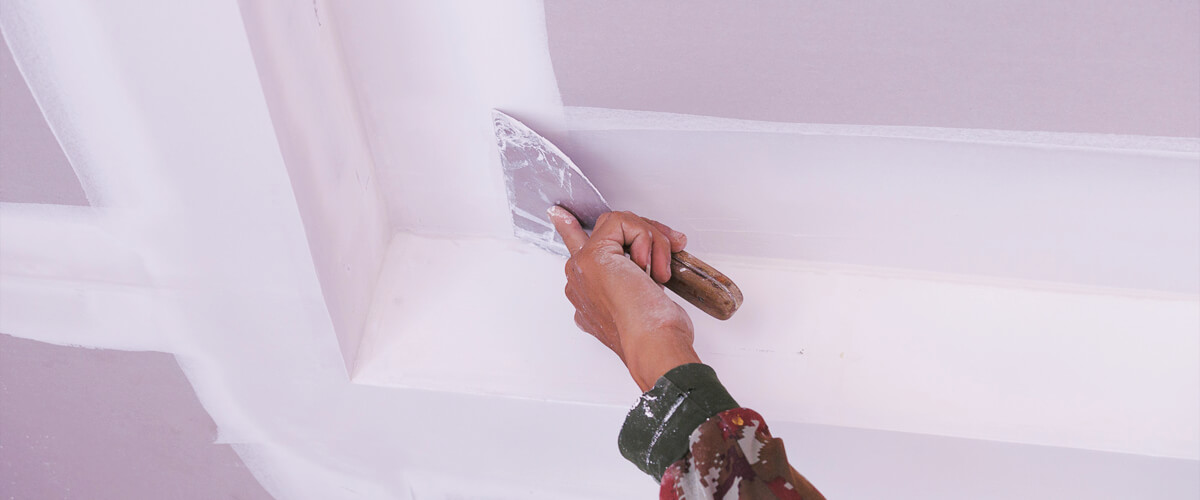
What is primer?
Primer acts as a bonding agent, creating a strong foundation for the paint to adhere to the surface effectively. It helps to seal and prepare the substrate, whether it is drywall, wood, or another material, for optimal paint application. Undercoat serves as an essential intermediary layer, creating a smooth and uniform surface for the paint to adhere to, whether you opt for 1 or 2 coats of primer on new drywall.
One of the primary purposes of primer is to enhance paint adhesion. It contains ingredients that help the paint bond securely to the surface, preventing peeling, flaking, or uneven coverage. By providing a stable and compatible surface for the paint, the undercoat ensures that the paint adheres evenly and stays intact over time. Whether you opt for one or two coats of primer, its purpose remains the same – to improve the overall durability and appearance of the final paint job.
Additionally, the undercoat promotes an even and smooth finish by filling in small imperfections, such as pores, small cracks, or texture inconsistencies on the surface. It creates a uniform base, allowing the paint to be applied more smoothly and evenly, resulting in a professional-quality finish.
Why primer is critical for new drywall
From my years of expertise in the industry, I can claim that primer plays a vital role in the preparation process when it comes to new drywall. Here are a few reasons why an undercoat is important:
- Sealing and Uniforming the Surface: New drywall surfaces tend to be porous, absorbing paint at different rates, which can result in an uneven finish. The undercoat helps seal the surface and reduces its absorbency, creating a more uniform base for the paint.
- Enhancing Paint Adhesion: Drywall surfaces can be challenging for the paint to adhere to directly. Primer provides a bonding layer that improves paint adhesion, preventing issues such as peeling, blistering, or flaking over time.
- Concealing Imperfections: Drywall may have minor imperfections, such as joint compound variations or patched areas. Undercoat helps to even out these imperfections, making them less noticeable and ensuring a smoother final paint finish.
- Promoting Paint Longevity: The undercoat acts as a protective barrier, enhancing the durability and longevity of the paint job. It helps prevent stains, moisture damage, and other environmental factors from affecting the drywall and the paint layers.
Determining the number of primer coats for new drywall
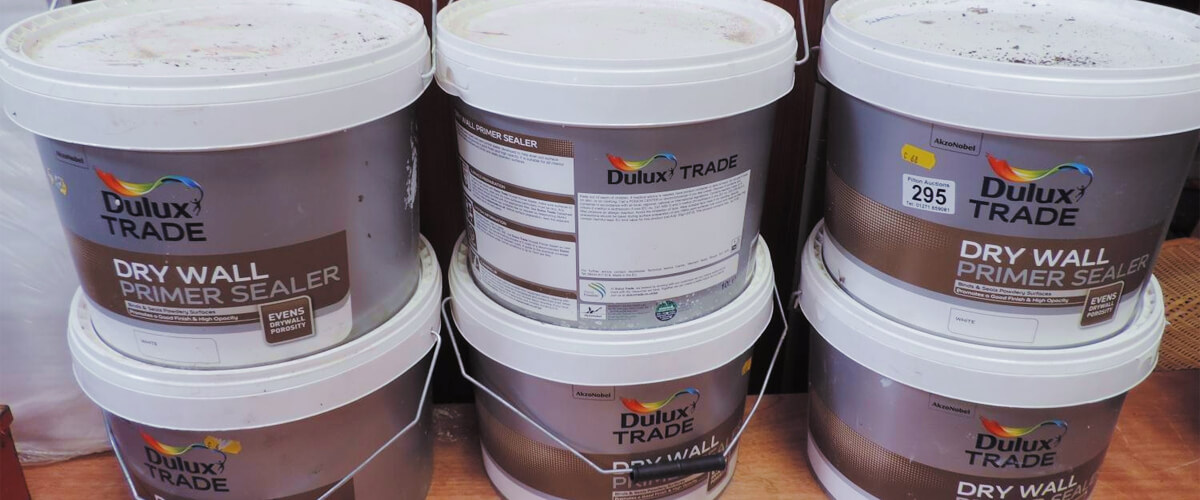
General rule: one coat of primer
The general rule in drywall preparation is to apply one coat of primer on new surfaces. Firstly, it helps seal the porous surface of the drywall, preventing the paint from being absorbed unevenly and ensuring consistent coverage.
Additionally, one coat of undercoat promotes better paint adhesion to the drywall. It creates a bond between the surface and the paint, reducing the risk of peeling, blistering, or flaking over time. The undercoat’s adhesive properties ensure that the paint adheres evenly and securely to the drywall, resulting in a long-lasting and professional finish.
While one coat of primer is generally sufficient, it’s important to consider the specific conditions and requirements of the project. Factors such as the quality of the drywall, its texture, and the desired paint color can influence the need for additional coats of primer. For instance, if the drywall has uneven areas or you are transitioning from a dark to a light color, applying an extra coat of undercoat may be beneficial to achieve a more uniform and vibrant final result.
Situations requiring two coats of primer
However, there are situations where applying two coats of primer is beneficial. Here are a few instances when an extra coat may be necessary:
- Dark to Light Color Transition: When transitioning from a dark paint color to a lighter one, applying an additional coat of primer can help prevent color bleed-through and ensure that the final paint color appears true and vibrant.
- Uneven Drywall Texture: If the new drywall has a particularly uneven texture, a second coat of undercoat can help even out the surface and create a smoother canvas for the final paint.
- Significant Drywall Repairs: Areas with extensive drywall repairs, such as patched holes or joint compound touch-ups, may require an extra coat of primer to ensure that the repairs blend seamlessly with the surrounding drywall.
Rare cases necessitating additional coats
In rare cases, some situations require more than two coats of primer on new drywall. These situations are typically specific to unique circumstances, such as extremely porous drywall, high-humidity environments, or challenging substrate conditions. In such cases, consulting with a professional painter or following the recommendations of the undercoat manufacturer is advisable to determine the appropriate number of coats needed.
By understanding these guidelines, you can determine the number of primer coats required for your new drywall project. Remember, the goal is to create a smooth, well-prepared surface that ensures optimal paint adhesion and a professional, long-lasting paint finish.


